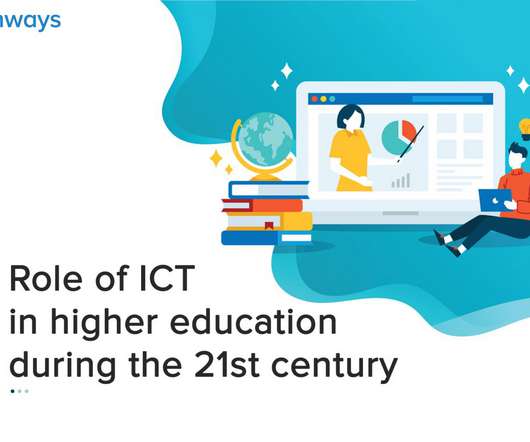How Access to Technology Can Create Equity in Schools
Digital Promise
APRIL 29, 2019
That means we shouldn’t just use edtech to replace worksheets, run “drill and kill” exercises, or crunch assessment performance numbers. A tablet without an internet connection is similarly useful. However, we can only realize these equity-centered benefits when we use technology in innovative and powerful ways.























Let's personalize your content